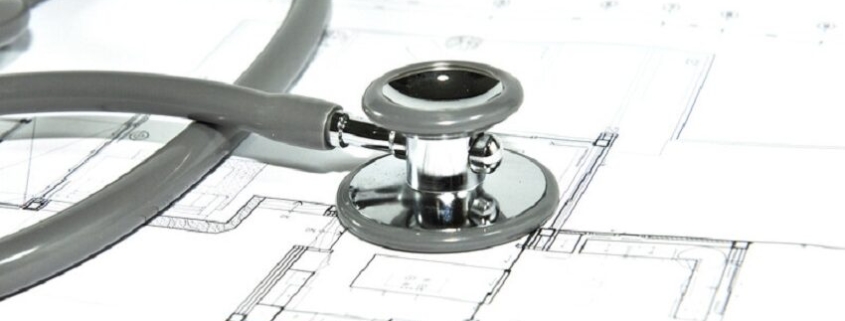Nation’s Top MOB Markets Include Texas And The Midwest, And They Just Keep Growing
Medical office buildings have proven to be a resilient asset class through the pandemic.
That’s because most tenants require these spaces to treat patients in person, providing a more stable tenant base for the asset class. And yet, these buildings are in short supply across the U.S.
Why? The buildings are more complicated to operate than a traditional office space—and more complicated to build—but investment in these facilities is growing, especially in Texas and the Midwest.
Using data provided by CRE research and listing platform CommercialEdge, 42Floors looked at the 25 biggest CRE markets across the U.S. and analyzed MOB construction activity between 2012 and 2021 to see how the asset class has gained interest for investment firms.
Overall, the top 25 medical office space markets in the U.S. grew 13% since 2012, adding more than 52.7 million square feet. Breaking it down, Los Angeles led the country for MOB square footage with more than 1,000 MOBs totaling more than 41 million square feet, which is far more than any other single market in the country, according to 42Floors.
That said, Houston ranked the second-largest MOB market in the U.S., which added 4.3 million square feet of medical office space over the decade, growing 15% to its current total of just over 33 million square feet. Dallas-Fort Worth, too, saw similar growth, based on the report, landing next on the list, adding 4.6 million square feet to its current 33-million-square-foot medical office footprint—16% growth since 2012.
Lower-tier markets with aging populations also saw some of the most growth during the decade, based on the report, like the Twin Cities. Minneapolis-St. Paul ranked No. 15 in the U.S. with 231 buildings totaling nearly 16 million square feet but has grown 24% in the last 10 years, adding three million square feet. That’s almost as much as was added in Los Angeles during the same period, which can be attributed to the city’s always-expanding 65-and-older demographic.
Finally, 42Floors found that Chicago’s market consisted of 28.8 million square feet across 427 buildings—the fourth largest MOB market. Chicago added more than 4.3 million square feet of medical office space and experienced 18% growth since 2012.
As for current developments in the Midwest, Chicago, Madison, Wis.; and Milwaukee will see three large projects delivered within the next two years:
• Chicago’s Joan & Paul Rubschlager Building at Rush (480,000 square feet) will be completed in Q3 of 2022;
• The Eastpark Medical Center in Madison (469,000 square feet) will be completed in Q1 of 2024;
• ThriveOn King in Milwaukee (455,000 square feet) will be completed in Q4 of 2023.
These three buildings will add more than 1.4 million square feet of medical office space to the region, based on the report.
Source: RE Journals





